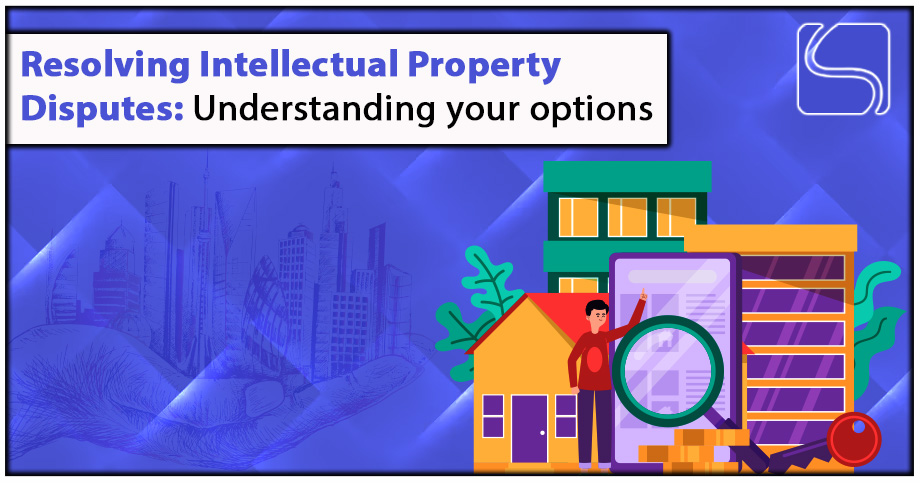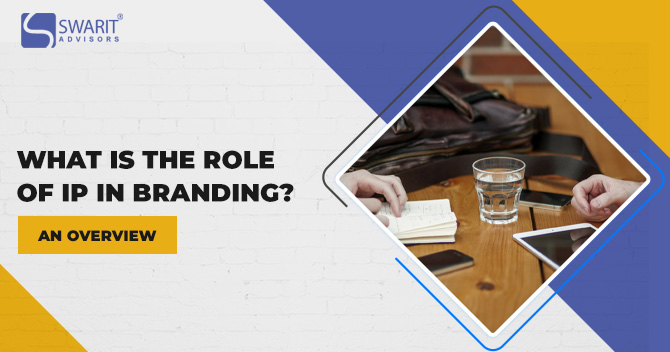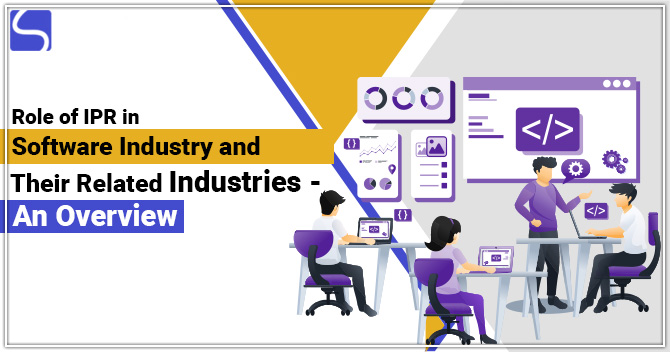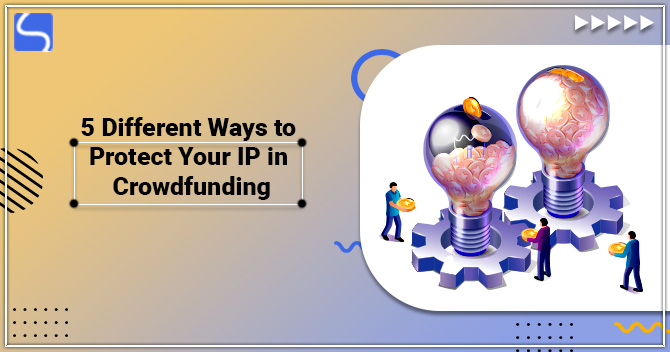Resolving Intellectual Property Disputes: Understanding your Options

Shivam Narwal | Updated: Apr 05, 2023 | Category: Intellectual Property
Intellectual property disputes can be complex and challenging to navigate. Whether you’re dealing with copyright infringement, trademark disputes, or patent violations, it’s essential to understand your options for resolving the dispute. This blog post will look at some of the popular ways that people and companies can settle intellectual property issues.
Table of Contents
Definition of Intellectual Property
The term “intellectual property” refers to literary and artistic works that are legally protected. It consists of a variety of intangible assets, including trade secrets, literary and artistic works, inventions, and works of art. Intellectual property is divided into two main categories: industrial property and copyright. Industrial property includes patents, trademarks, and industrial designs. Patents grant innovators temporary exclusivity in the production, use, and sale of their creations. Trademarks defend distinguishing symbols, like brand names and logos, that set one company’s goods and services apart from another. Industrial designs describe the external elements of a product’s form, arrangement, pattern, or adornment.
Contrarily, copyright safeguards the legal rights of authors of original musical, artistic, and literary works as well as those who create software, databases, and other kinds of creative information. The exclusive right to reproduce, distribute, perform, and exhibit one’s own works is known as copyright. By guaranteeing legal protection for the products of these endeavours, intellectual property law seeks to promote innovation and creativity. The invention of fresh and worthwhile goods and services is encouraged by intellectual property law, which grants innovators and inventors exclusive rights. It enables artists and inventors to make money off of their creations.
However, intellectual property law also balances the interests of creators and inventors with the public interest. In particular, it recognizes the importance of promoting competition and access to information. It limits the scope of exclusive rights to ensure they do not unduly restrict competition or impede innovation.
Types
Before diving into the various ways to resolve intellectual property disputes, it’s essential to understand the types of disputes that can arise. Here are a few common types of intellectual property disputes:
- Copyright Infringement: This occurs when someone uses your original work without your permission, such as reproducing or distributing your book, music, or film without a license or authorization.
- Trademark Disputes: This occurs when someone uses a mark or logo similar to your registered trademark or service mark, causing confusion among customers or consumers.
- Patent Infringement occurs when someone creates or sells a product that infringes on your patent rights.
- Trade Secret Misappropriation: This occurs when someone steals or misuses your confidential or proprietary information, such as customer lists, marketing plans, or manufacturing processes.
- Licensing Disputes: This occurs when there are disagreements over the terms of a licensing agreement, such as royalty payments or exclusivity clauses.
Ways to Resolve Intellectual Property Disputes
When it comes to resolving intellectual property disputes, there are several options available. The best approach will depend on the specifics of your case and the parties involved. Here are some of the most common ways to resolve intellectual property disputes:
- Negotiation
In many cases, the best way to resolve an intellectual property dispute is through negotiation. This involves the parties agreeing without the need for litigation. Negotiation can be done directly between the parties or through their legal representatives. This approach can be less expensive and time-consuming than other options. - Mediation
Mediation is a form of alternative dispute resolution (ADR[1]) that involves a neutral third party facilitating negotiations between the parties. The mediator does not make a decision but instead helps the parties reach an agreement. Mediation can be a good option for parties who want to maintain a working relationship and avoid the cost and stress of litigation. - Arbitration
Arbitration is another form of ADR that involves a neutral third party making a binding decision on the dispute. This can be less formal and expensive than litigation, but the decision is final and can’t be appealed. Arbitration can be a good option for parties who want a faster resolution than litigation but still want a formal decision. - Litigation
Litigation is the most formal and expensive option for resolving intellectual property disputes. It involves going to court and having a judge or jury make a decision on the dispute. Litigation can be a good option when the parties cannot reach an agreement through negotiation, mediation, or arbitration. It can also be a good option for parties who want to set a legal precedent for future cases. - Licensing Agreement Modification
In some cases, a licensing agreement dispute can be resolved by modifying the terms of the agreement. This may involve renegotiating royalty payments, exclusivity clauses, or other terms of the agreement. This approach can be less expensive and less contentious than litigation, but it requires the parties to be willing to negotiate and compromise.
Top 5 Intellectual disputes
Here are the top 5 intellectual property disputes of all time:
- Apple vs Samsung
One of the most well-known intellectual property disputes is the Apple vs Samsung case. The dispute started in 2011 when Apple accused Samsung of copying its iPhone design and violating its patents. Samsung countered that Apple was infringing on its patents related to wireless communication technology.
The dispute continued for several years, with both companies filing lawsuits in multiple countries. In 2012, a California jury awarded Apple $1.05 billion in damages, but the decision was later overturned. In 2018, the two companies reached a settlement, but the terms were not disclosed. - Google vs Oracle
The Google vs Oracle dispute is another high-profile intellectual property case. The dispute started in 2010 when Oracle sued Google for copyright infringement. Oracle claimed that Google had copied its Java code when creating the Android operating system.
The case went to trial in 2012, and a jury found that Google had not infringed on Oracle’s copyright. However, an appeals court later overturned that decision, ruling that Google had indeed violated Oracle’s copyright.
The case went to the Supreme Court, which ruled in Google’s favour in 2021. The court found that Google’s use of the Java code was fair use and therefore did not violate Oracle’s copyright. - Nike vs Adidas
The Nike vs Adidas dispute is a classic example of trademark infringement. The dispute started in 2005 when Adidas introduced a shoe called the “Stan Smith” that Nike claimed was too similar to its “Air Force 1” shoe.
Nike filed a lawsuit against Adidas, claiming that the Stan Smith shoe was infringing on its trademark. Adidas countered that the Stan Smith shoe was based on a classic design that had been around for decades.
The case went to court, and Nike was awarded $305 million in damages. Adidas appealed the decision, and the damages were later reduced to $67 million. - Microsoft vs Motorola
The Microsoft vs Motorola dispute was a patent infringement case that started in 2010. Microsoft claimed that Motorola was infringing on its patents related to wireless communication technology.
The case went to trial in 2012, and a jury found that Motorola had indeed violated Microsoft’s patents. The jury awarded Microsoft $14.5 million in damages.
Motorola appealed the decision, and the case went to the Court of Appeals for the Federal Circuit. The court upheld the jury’s decision and the damages awarded to Microsoft. - Viacom vs YouTube
The Viacom vs YouTube dispute was a copyright infringement case that started in 2007. Viacom claimed that YouTube was hosting thousands of videos that infringed on its copyright.
The case went to court, and in 2010, a judge ruled in favour of YouTube. The judge found that YouTube was protected by the safe harbour provision of the Digital Millennium Copyright Act (DMCA), which shields online service providers from liability for infringing content posted by users. Viacom appealed the decision, but in 2013, the appeals court upheld the lower court’s ruling.
Conclusion
Intellectual property disputes can be complex and challenging, but there are many ways to resolve them. Whether it’s through negotiation, mediation, arbitration, litigation, or modifying a licensing agreement, it’s important to understand your options and choose the approach that works best for your specific case. By protecting intellectual property rights, we can encourage innovation and creativity while also balancing the interests of creators and the public. Hence, it’s important to be aware of intellectual property regulations and take efforts to safeguard your intellectual property assets whether you run a small firm or a large organisation.














